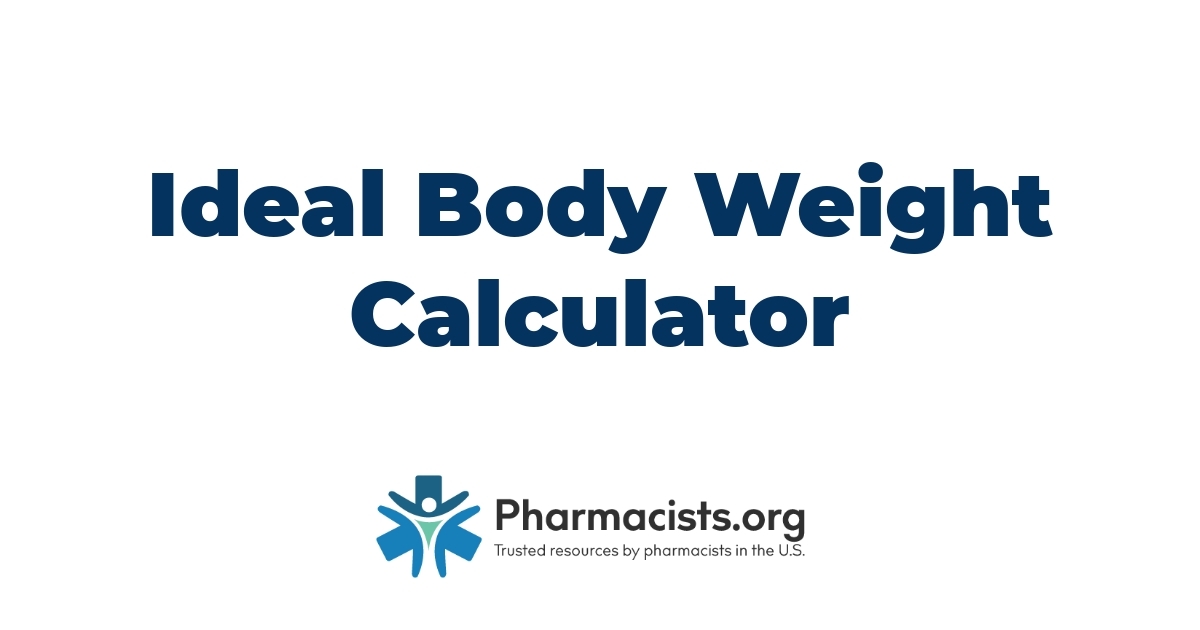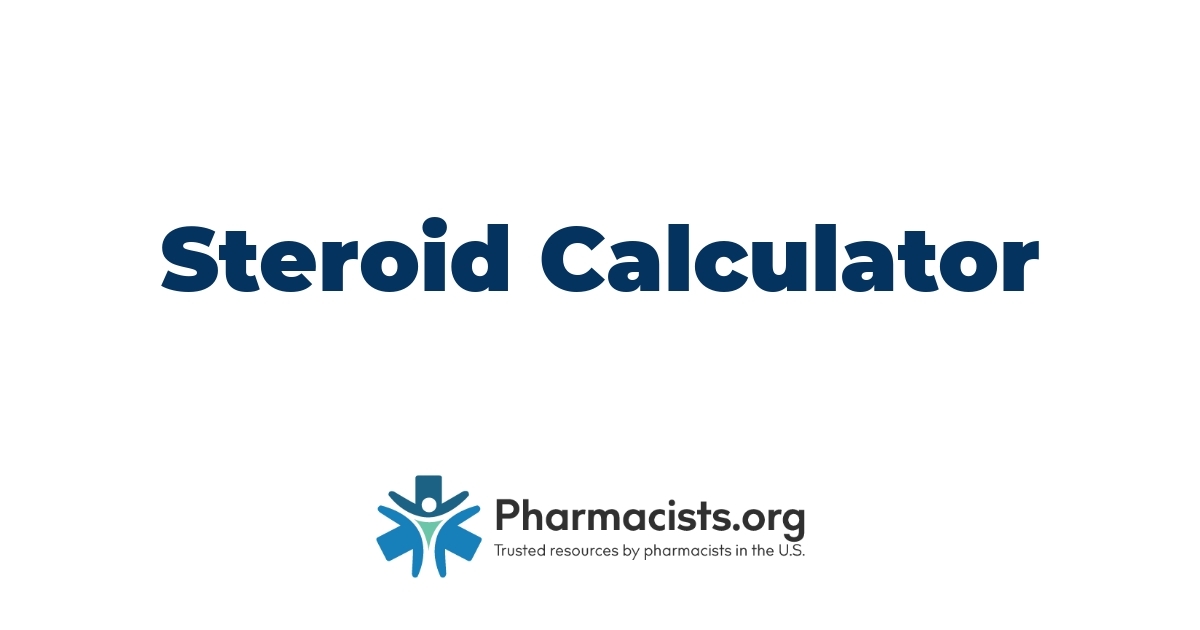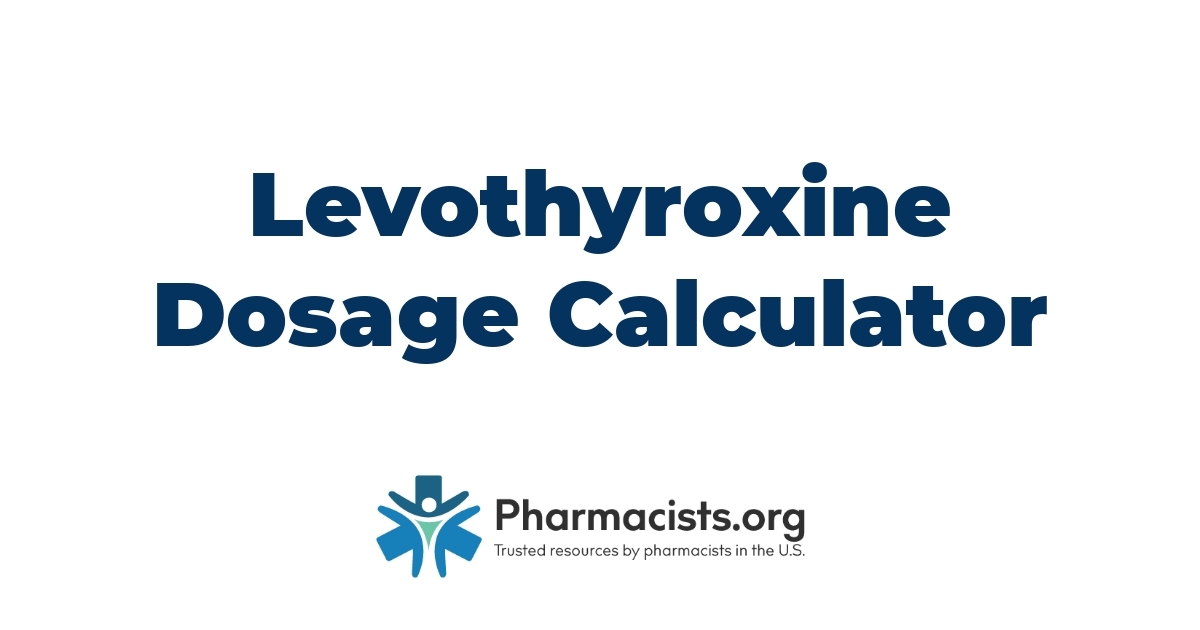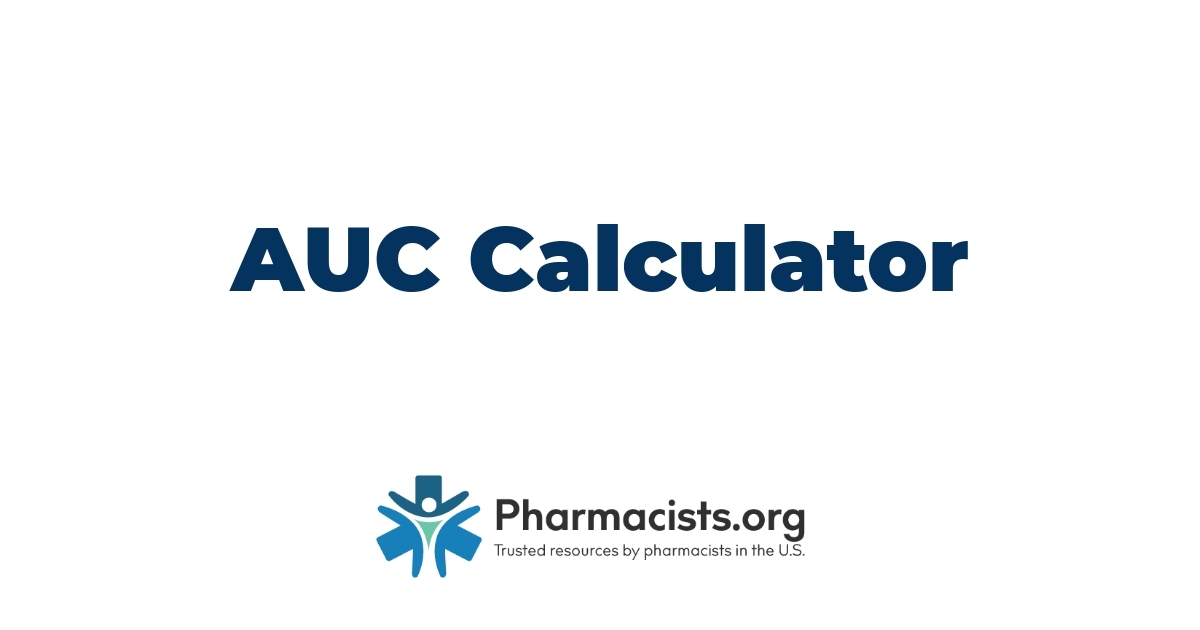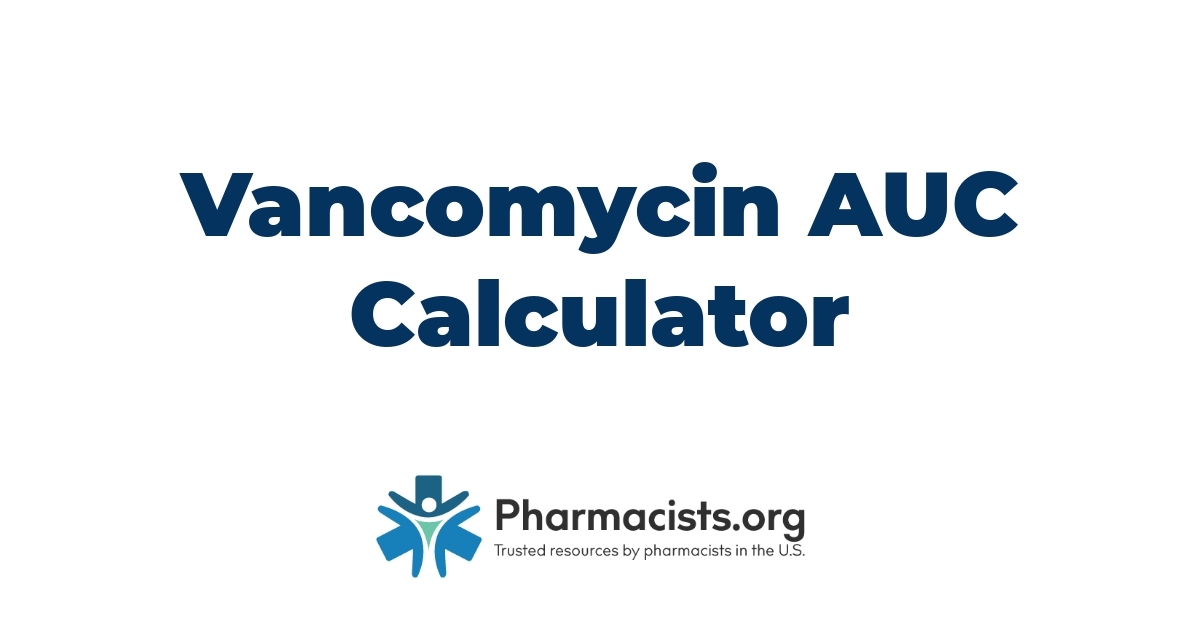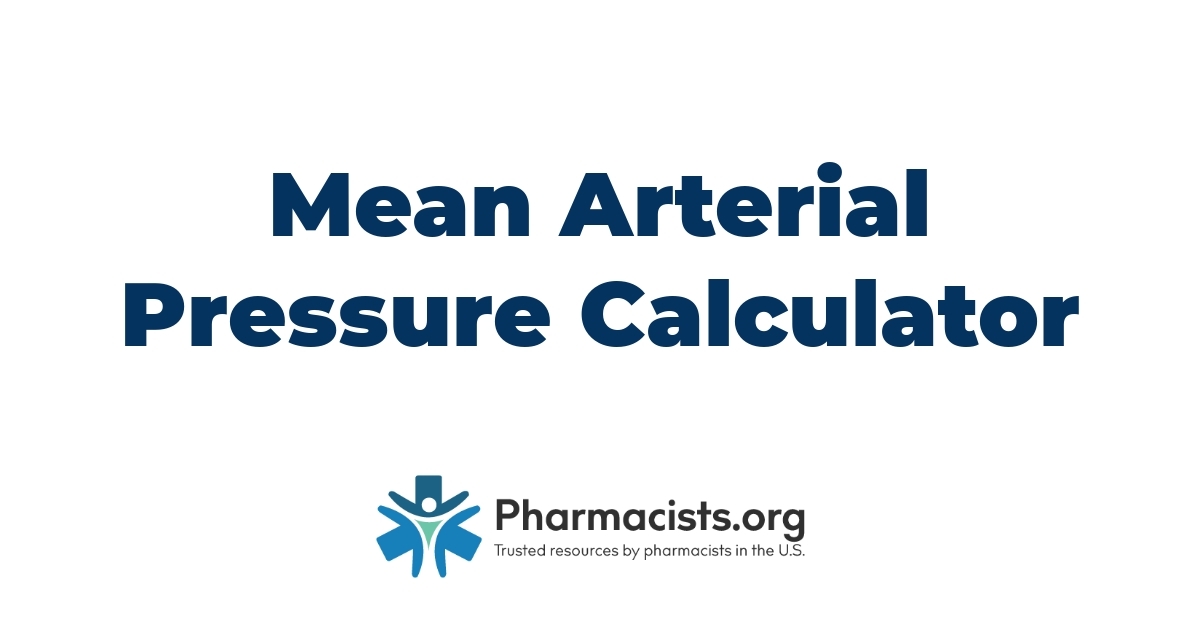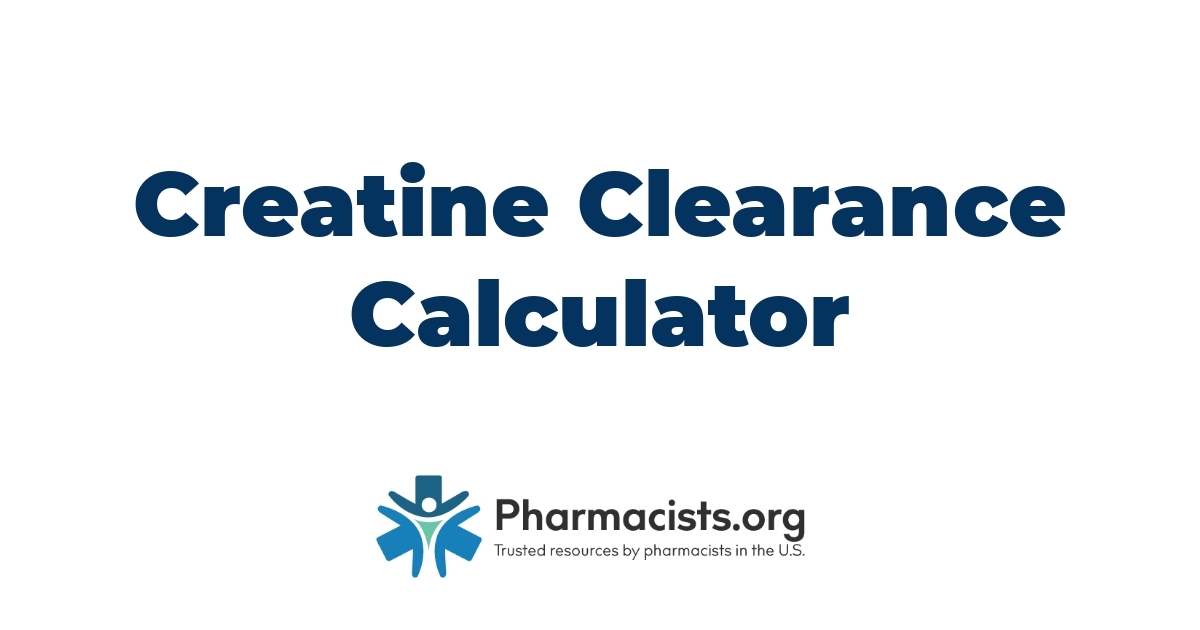Anion Gap Calculator
Understanding the Anion Gap
What Is the Anion Gap?
Anion gap entails a critical measure in clinical chemistry, shedding light on the ions present in a patient’s blood. It helps us identify the difference between the positively charged ions, known as cations, and the negatively charged ones, the anions.
This measure specifically looks at the primary cations, sodium (Na+), and potassium (K+), versus the main anions, chloride (Cl-) and bicarbonate (HCO3-), in the blood plasma. By performing this calculation, we can gain insights into the levels of other anions that are not directly measured, such as phosphate, sulfate, and organic acids. The anion gap formula that’s widely accepted is:
[ \text{Anion Gap} = (Na+ + K+) – (Cl- + HCO3-) ]
But, in many clinical settings, potassium is often omitted from the equation, given its relatively low concentration compared to sodium. So, the simplified formula becomes:
[ \text{Anion Gap} = Na+ – (Cl- + HCO3-) ]
This calculation becomes a pivotal piece in the puzzle when we strive to diagnose and manage a plethora of health conditions, offering a glimpse into the patient’s metabolic state.
Importance of Measuring Anion Gap
Measuring anion gap holds paramount importance in a pharmacy and medical context. It’s not just about numbers on a chart; it’s about unraveling the hidden cues in a patient’s metabolic system. For pharmacy owners and healthcare providers, understanding the implications of an altered anion gap is integral for several reasons.
Firstly, it serves as a detector for metabolic acidosis, a condition where there is too much acid in the body fluids. In cases where the anion gap is elevated, it often signals the presence of additional, unmeasured anions in the blood. This can indicate a range of issues from renal failure, diabetic ketoacidosis, to various forms of intoxication, such as with methanol or ethylene glycol.
Secondly, it aids in differentiating between the types of metabolic acidosis. By discerning whether the anion gap is within normal limits, we, as healthcare professionals, can identify if the acidosis stems from a loss of bicarbonate (as seen in diarrhea or renal tubular acidosis) or the accumulation of acids in the body. This differentiation is crucial for tailoring the most effective treatment plan.
Also, by regularly monitoring the anion gap, pharmacists and medical practitioners can track the progression of a condition, providing invaluable information about a patient’s response to treatment. This is especially critical in acute care settings where rapid, informed decisions save lives.
The Role of the Anion Gap Calculator
In our journey to demystify the practical applications of the anion gap calculator, it’s essential we investigate into its functionalities and its implications in clinical settings. This tool isn’t just a number-cruncher; it’s a crucial component in the diagnostic toolkit of healthcare professionals, playing a significant role in assessing a patient’s metabolic state. Let’s unravel the mechanics of this calculator and understand when its use becomes imperative.
How the Calculator Works
To start, the anion gap calculator concisely evaluates the difference between the primary positively charged ions (cations) and negatively charged ions (anions) in a patient’s blood. It utilizes a specific formula:
[ \text{Anion Gap} = (\text{Na}^+ + \text{K}^+) – (\text{Cl}^- + \text{HCO}_3^-) ]
Although potassium (K+) is often omitted in routine calculations to simplify the process, its inclusion can provide a more detailed metabolic profile. This calculation sheds light on the presence of unmeasured anions in the blood, which can indicate abnormalities in the body’s acid-base balance. By inserting the values of sodium (Na+), potassium (K+), chloride (Cl-), and bicarbonate (HCO3-) into the calculator, healthcare professionals receive immediate insight into the patient’s metabolic condition, guiding them in diagnosing and managing potential acidosis or alkalosis.
When to Use the Anion Gap Calculator
The anion gap calculator becomes a pivotal asset in several contexts within a medical setting, most notably when metabolic acidosis is suspected. Metabolic acidosis reflects a decrease in blood pH, often due to an increase in acid production or a loss of bicarbonate. Situations warranting the calculator’s use include:
- Monitoring patients with chronic conditions, such as diabetes mellitus, where ketoacidosis is a risk.
- Assessing individuals exhibiting symptoms of poisoning or overdose, where substances like salicylates or methanol could disrupt the acid-base balance.
- Managing patients with renal issues, as compromised kidney function can lead to an accumulation of acids in the bloodstream.
For pharmacy owners and pharmacists, understanding when and how the anion gap calculator serves its purpose is invaluable. Not only does this knowledge support informed discussions with healthcare providers about patient care, but it also enhances the pharmacist’s role in the multidisciplinary healthcare team. By engaging with this tool, pharmacy professionals can elevate their service, contributing to optimized patient outcomes through accurate and efficient diagnostic support.
Benefits of Using an Anion Gap Calculator
Harnessing the capabilities of an anion gap calculator offers a plethora of benefits crucial for enhancing patient care in the realm of pharmacy. Our focus here delves into the core advantages, namely accuracy in results and ease of use, that make this tool indispensable for healthcare professionals, especially within pharmacy settings. Let’s explore these dimensions to understand why pharmacy owners and pharmacists should integrate the use of anion gap calculators into their clinical assessment toolkit.
Accuracy in Results
Accuracy in healthcare cannot be overstated, particularly when it comes to diagnosing and managing conditions like metabolic acidosis. An anion gap calculator is designed to offer precision by providing a quantitative measure of the unmeasured ions in the blood. This is critical because even minor deviations in the balance of electrolytes can lead to significant diagnostic errors. By employing this calculator, we ensure that the anion gap is computed with utmost accuracy, leveraging the precise formula that considers key ions such as sodium, potassium, chloride, and bicarbonate levels. The calculator eliminates common computational errors and provides a clear, numerical value that guides our decision-making process.
For pharmacy professionals, this precise information aids in identifying potential complications early, suggesting the need for further diagnostic evaluation or the adjustment of medication regimens. Accurate results empower pharmacists to offer informed recommendations, aligning treatment options more closely with the patient’s metabolic state. This level of detail is particularly beneficial when dealing with chronic conditions like diabetes mellitus or renal impairments, where electrolyte balance plays a pivotal role in patient management.
Ease of Use for Healthcare Professionals
Beyond accuracy, the ease of use of an anion gap calculator stands out as a significant advantage. In fast-paced healthcare environments, tools that simplify complex calculations without compromising on precision are invaluable. The anion gap calculator is user-friendly, requiring only the input of a few laboratory values to produce an instant calculation. This accessibility allows healthcare professionals, including pharmacists, to quickly assess a patient’s metabolic status without the need for extensive manual calculations.
For pharmacy owners and pharmacists, the integration of an anion gap calculator into their practice is seamless. It enhances efficiency, enabling them to focus more on patient interaction and less on complex arithmetic. The simplicity of the tool also encourages regular use, ensuring that critical assessments are not overlooked due to time constraints or computational difficulties.
Also, easy access to accurate metabolic assessments facilitates a more collaborative approach within the healthcare team. Pharmacists can confidently contribute to multidisciplinary discussions about patient care, armed with precise data from the anion gap calculator. This collaboration is essential for devising comprehensive management plans that address the underlying causes of metabolic imbalances.
Limitations and Considerations
Potential Sources of Error
When using an anion gap calculator, it’s essential to recognize potential sources of error that may influence the accuracy of results. One common source stems from incorrect sample handling or storage, leading to altered ion concentrations. Blood samples must be processed promptly and stored under appropriate conditions to maintain their integrity.
Another significant factor to consider is the presence of abnormal proteins or lipids in the blood, which can interfere with the measurement of electrolytes. Conditions such as hyperlipidemia or paraproteinemia may skew results and require adjustments in the calculation or interpretation of the anion gap.
Instrumentation calibration and the analytical method used can also introduce variability. Different laboratories may use distinct techniques or equipment with varying degrees of precision, impacting the comparability of anion gap calculations across different settings.
It’s crucial for pharmacists and healthcare professionals to be aware of these variables and consider them when analyzing anion gap results. Diligent sample handling, awareness of the patient’s condition, and consistent analytical methods contribute to minimizing errors and ensuring reliable outcomes.
Understanding the Results
Interpreting anion gap results accurately is vital for patient care. An increased anion gap typically indicates metabolic acidosis, where acidic substances accumulate in the body. Causes range from renal failure, lactic acidosis, to ketoacidosis among diabetic patients. A normal or low anion gap, but, might suggest other conditions such as hyperchloremic acidosis or an error in measurement.
It’s imperative to view anion gap calculations within the broader context of the patient’s clinical presentation and other laboratory findings. Elevated values necessitate a thorough investigation to pinpoint the underlying cause, involving additional tests and clinical correlation.
Pharmacists play a pivotal role in interpreting these results, advising on potential implications for medication therapy, and collaborating with healthcare teams to optimize patient outcomes. Their expertise ensures that anion gap calculations are incorporated into a comprehensive evaluation, guiding interventions to address metabolic imbalances effectively.
By understanding the limitations and considering the appropriate context for anion gap results, pharmacists enhance their contribution to patient care, ensuring accurate diagnosis and effective treatment planning.
Comparison of Anion Gap Calculators
As we investigate into the various anion gap calculators available, our focus remains on providing pharmacy professionals and pharmacy owners with key insights into selecting the most reliable and accurate tools. These calculators, pivotal in assessing metabolic acidosis, come with distinct features and uses. Our exploration will compare these differences, ensuring you can make an informed choice best suited to your professional needs.
Features of Different Calculators
An array of anion gap calculators exists, each designed with unique attributes to cater to the diverse needs of healthcare professionals. Some calculators provide basic functionality, calculating the anion gap from sodium, chloride, and bicarbonate levels entered by the user. On the other hand, advanced calculators incorporate additional parameters such as albumin and potassium, offering a more comprehensive analysis of the patient’s metabolic state.
For instance, calculators with correction features for albumin can offer more accurate results in patients with abnormal protein levels, a common scenario in chronic illness. Also, some calculators include reference ranges and interpretation guides, aiding pharmacists in quicker assessment and decision-making about patient care. User interface and accessibility also vary, with some calculators available as mobile apps for convenience, while others are web-based applications designed for desktop use.
Choosing the Right Calculator for Your Needs
Identifying the appropriate anion gap calculator for your professional practice hinges on several factors, including the specific requirements of your patient population and the complexity of cases you handle. For pharmacists working in settings where rapid decisions are crucial, calculators that provide instant results and interpretation guides are invaluable. Also, those involved in the management of patients with chronic conditions or atypical protein levels may benefit from calculators that adjust for these variables.
It’s imperative to evaluate the calculator’s source and credibility, opting for tools developed or endorsed by reputable medical organizations or institutions. Accuracy and regular updates are also critical considerations, as they ensure the calculator remains reliable amidst evolving medical standards and practices.
Eventually, the choice of an anion gap calculator should enhance your ability to provide meticulous care to your patients. By selecting a tool that aligns with your needs, you can more effectively interpret anion gap results, collaborate with healthcare teams, and contribute to the accurate diagnosis and optimal management of metabolic acidosis.
Owner, entrepreneur, and health enthusiast.
Chris is one of the Co-Founders of USA Rx.com. An entrepreneur at heart, Chris has been building and writing in consumer health for over 10 years.
Chris has a CFA (Chartered Financial Analyst) designation and is a proud member of the American Medical Writer’s Association (AMWA), the International Society for Medical Publication Professionals (ISMPP), the National Association of Science Writers (NASW), the Council of Science Editors, the Author’s Guild, and the Editorial Freelance Association (EFA).
Our growing team of healthcare experts work everyday to create accurate and informative health content in addition to the keeping you up to date on the latest news and research.
I am a pharmacist, community pharmacy consultant, and medical writer with over 12 years of clinical practice experience in community, outpatient health system, long term care, and academic settings. I am also the founder of PharmCompliance.com, a website dedicated to the success of community pharmacy.
As a pharmacy project manager, I led the implementation of new service lines, assist with ensuring legal and third-party compliance for over 70 retail stores, lead quality improvement and medication safety initiatives, write policies, procedures, and best practices for all our retail sites, and help with optimizing revenue cycle and pharmacy profitability. I have been responsible for DMEPOS and vaccine accreditation through CMS, obtaining new licenses and permits, and implementing a prescription drug kiosk embedded in our physician offices.
As a medical writer, my work has been featured in GoodRx, Pharmacy Times, Drug Topics, Patient Care Online, and in peer-reviewed journals. I have also given presentations on a range of topics, from disease state pharmacotherapy for medical residents to updates on the CDC vaccine storage and handling guidelines for a medical-grade refrigerator and freezer manufacturer. I have written and presented continuing education for CEImpact, FreeCE, AchieveCE, Ascension Health, and the Florida Department of Health.





